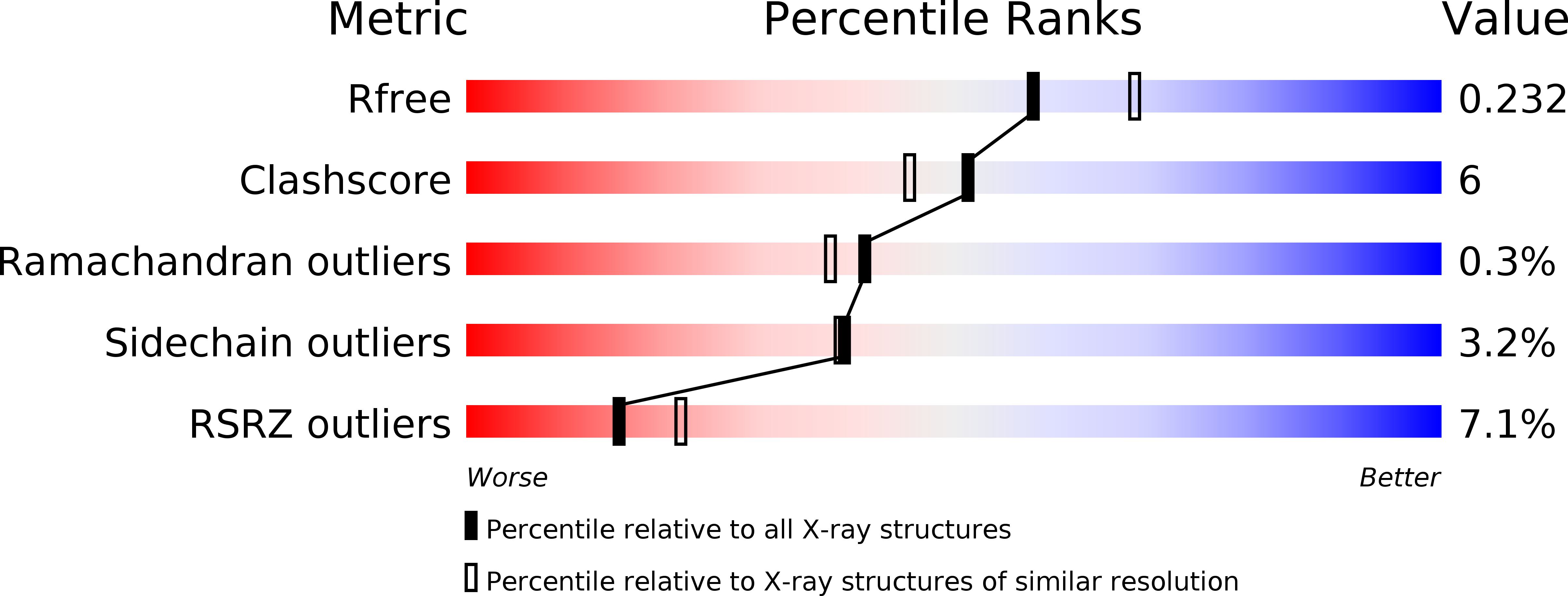
Deposition Date
2015-10-26
Release Date
2016-06-01
Last Version Date
2024-01-10
Entry Detail
Biological Source:
Source Organism:
STREPTOMYCES SP. FLA (Taxon ID: 375060)
Host Organism:
Method Details:
Experimental Method:
Resolution:
2.15 Å
R-Value Free:
0.23
R-Value Work:
0.19
R-Value Observed:
0.19
Space Group:
P 1 21 1


